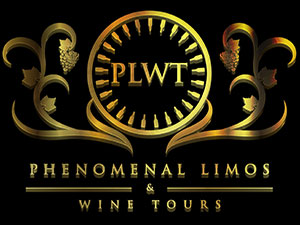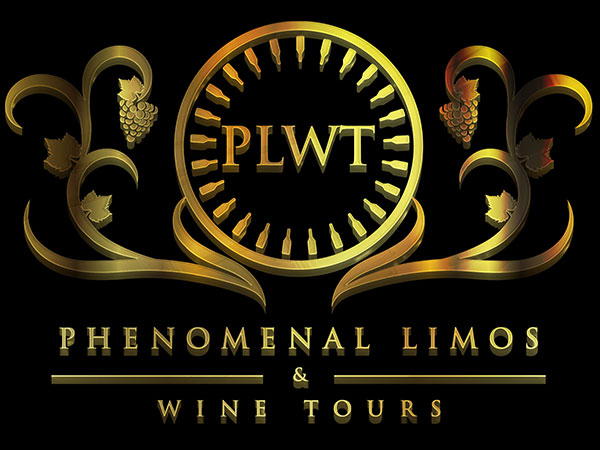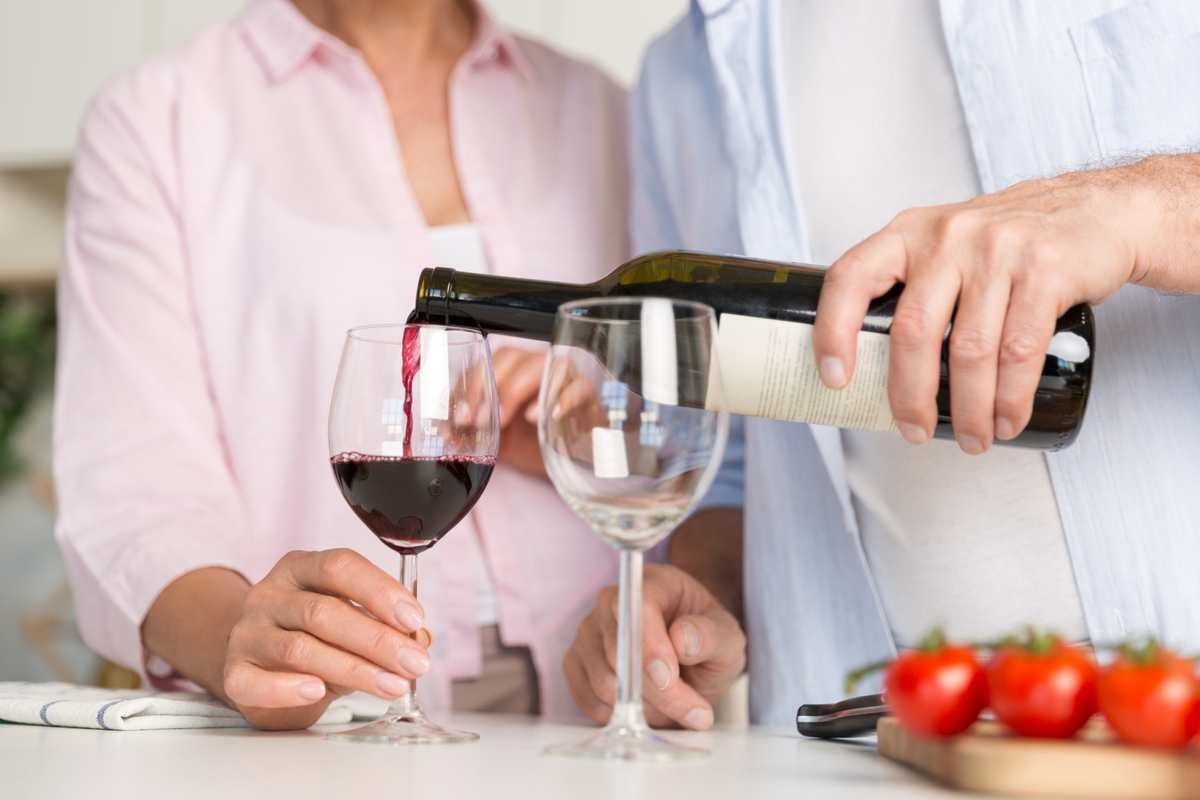
Wine tastings are a delightful way to explore the world of wines, discover new favorites, and deepen your appreciation for this complex beverage. But if you’re looking to make a positive impression, there are some key things to keep in mind. This guide will equip you with the knowledge and techniques to navigate a wine tasting with confidence and impress those around you.
Mastering the Art of Wine Tasting
The Five Senses Approach
This is the foundation of appreciating wine. By engaging all your senses, you can unlock the complexities and nuances hidden within each glass.
- See: Hold the glass up to a white background (ideally natural light) and tilt it slightly. Examine the color. For reds, this can range from a pale ruby to a deep, inky purple, hinting at the grape varietal and age. Whites can vary from pale yellow to a golden hue, indicating grape type and potential oak aging. Look for clarity. A clear wine is generally considered desirable, although some styles like unfiltered reds may have a slight haze. Observe the viscosity. Swirl the glass gently and watch how the wine clings to the sides. “Legs” or streaks indicate higher alcohol content or residual sugar.
- Swirl: Gently rotate the glass in a circular motion. This aerates the wine, allowing the aromas to unfurl. Hold the glass by the stem to avoid warming the wine with your hand.
- Sniff: Take a deep inhale with your nose positioned slightly above the rim of the glass. Identify the primary aromas, which come directly from the grapes themselves. These can include fruity notes (berries, citrus, stone fruits), floral scents (violets, roses), or herbal hints (pepper, mint). Next, search for secondary aromas, influenced by the winemaking process. Oak aging might introduce vanilla, caramel, or toasty notes. Techniques like malolactic fermentation can add a buttery character. Finally, consider tertiary aromas, which develop with bottle aging. These can be complex and intriguing, like leather, tobacco, or earthy notes.
- Sip: Take a small amount of wine into your mouth, just enough to coat your palate. Don’t gulp!
- Savor: Swish the wine gently around your mouth, letting it wash over your tongue and activate different taste receptors. Notice the taste sensations – sweetness, acidity, bitterness, and tannin. Evaluate the body of the wine, which refers to its weight and texture on the palate. Is it light and refreshing, or full-bodied and rich? Consider the finish, the lingering flavors that remain after you swallow. Is it short and fleeting, or long and complex? Finally, assess the balance of all the components – sweetness, acidity, tannins, and fruit flavors. Do they work together harmoniously, creating a pleasant and complete taste experience?
Beyond the Basics
Going beyond the five senses will elevate your wine appreciation.
Identifying Common Tasting Notes: Develop your vocabulary to describe what you’re experiencing. Common notes include fruits (blackberry, cherry, citrus), spices (pepper, clove, cinnamon), herbs (mint, thyme, rosemary), earth (mushroom, truffle, dirt), and minerals (flint, wet stone).
Recognizing the Impact of Grape Varietal and Region: Different grape varieties have distinct characteristics. For example, Cabernet Sauvignon is known for its dark fruit and firm tannins, while Pinot Noir offers a lighter body with notes of red cherry and earth. The region where grapes are grown also plays a crucial role. Factors like climate, soil composition, and winemaking traditions influence the final style of the wine. For instance, Sauvignon Blanc from New Zealand is known for its crisp acidity and notes of gooseberry, while French Sancerre offers a more mineral-driven expression.
Understanding Basic Winemaking Techniques: Having a basic understanding of winemaking can help you interpret the flavors in the glass. Techniques like oak aging can introduce toasty or vanilla notes. Fermentation temperature and techniques can influence the fruit character and body of the wine. Knowing these basics allows you to connect the dots between winemaking choices and the resulting flavors.
Practice Makes Perfect
The key to mastering wine tasting lies in consistent exploration and experimentation. Here are a few ways to hone your skills and deepen your appreciation:
Attending Tastings with Diverse Wine Styles: Don’t limit yourself to familiar or preferred styles. Explore tastings that showcase wines from different regions, grape varietals, and price points. This exposes your palate to a wider range of flavors and characteristics, helping you identify subtle differences and develop your preferences. Look for tastings featuring specific regions (e.g., Bordeaux Cabernets), grape varieties (Pinot Noir vertical tasting), or even lesser-known varietals (explore Grüner Veltliner from Austria!).
Participating in Blind Tastings: Challenge yourself by participating in blind tastings, where you don’t know the wine’s identity beforehand. This forces you to rely solely on your senses to identify the grape varietal, region, or even vintage. Blind tastings are a fantastic way to hone your sensory skills and build confidence in your tasting abilities. You might be surprised at what you can discern without the influence of labels or preconceived notions.
Experimenting with Food Pairings: Food and wine pairings can elevate both the wine and the culinary experience. Explore how complementary and contrasting flavors can enhance one another. For example, a light and acidic Sauvignon Blanc can beautifully cut through the richness of a creamy pasta dish. Conversely, a bold Cabernet Sauvignon can stand up to the robust flavors of grilled steak. Many wineries and restaurants offer food pairing experiences, or you can experiment at home by researching classic pairings or following your intuition.
Etiquette and Engagement
A well-mannered and engaged approach can elevate your wine tasting experience and leave a positive impression on those around you. Here’s how to navigate the social aspects of a tasting with grace:
Arriving Prepared
Dress Code: While there’s no strict dress code for most tastings, dressing appropriately shows respect for the host and the occasion. For casual tastings at wineries or wine bars, comfortable attire is perfectly acceptable. For more formal events or tastings at high-end establishments, consider business casual or even cocktail attire.
Transportation: Always plan your transportation beforehand. If you plan to indulge in the tasting, ensure you have a designated driver or arrange for ride-sharing services to get home safely. Never drink and drive.
Respecting the Host and Wines
Tasting Order: Most tastings follow a specific order, typically starting with lighter-bodied whites and progressing to bolder reds. This allows your palate to adjust gradually to the different flavors and intensities. Pay attention to the order presented and avoid jumping ahead.
Spitting Etiquette: Spittoons are provided at most tastings to allow you to discard unwanted wine. Discreetly use the spittoon – avoid spitting loudly or across the table. If a spittoon isn’t available, take a small sip and discreetly swallow a minimal amount, then politely excuse yourself to dispose of the rest in a restroom.
Asking Thoughtful Questions: Show genuine interest in the wines and the winery. Ask questions that demonstrate your desire to learn, such as:
- “What aging techniques were used for this wine?”
- “What food pairings would you recommend for this particular wine?”
- “Can you tell me more about the history of this vineyard?”
Engaging in Conversation
Sharing Observations: Use the vocabulary you’ve learned to describe the wine you’re tasting. For example, “I’m picking up notes of red cherry and a hint of earthiness in this Pinot Noir.” Avoid overly technical jargon, but strive to articulate your experience in a clear and concise way.
Discussing Preferences: It’s perfectly acceptable to share your preferences while acknowledging the diversity of taste. You could say something like, “I tend to gravitate towards wines with higher acidity, but I can appreciate the balance in this Chardonnay.” This demonstrates respect for others’ preferences and opens the door for interesting discussions.
Active Listening: Pay close attention to the host or sommelier’s insights. They can offer valuable knowledge about the wines, the region, and the winemaking process. Ask clarifying questions to deepen your understanding and demonstrate your attentiveness.
Building Confidence: Beyond the Basics
As your wine knowledge expands, you can delve deeper to truly impress at a tasting and enhance your overall experience. Here’s how to move beyond the fundamentals and build confidence:
Food Pairing Fundamentals
Food and wine pairings are an art form, but some basic principles can guide you:
Matching Body and Weight: Consider the “weight” of the wine (light-bodied, medium-bodied, full-bodied) and match it to the intensity of the food. Lighter-bodied wines like Pinot Noir pair well with delicate dishes like grilled fish or chicken. Conversely, full-bodied wines like Cabernet Sauvignon can stand up to robust flavors like grilled steak or hearty stews.
Complementary vs. Contrasting Flavors: Explore how flavors can complement or contrast each other to create a harmonious experience. Complementary pairings enhance similar flavors. For example, a Sauvignon Blanc with its citrusy notes beautifully complements a creamy seafood dish where both share a citrusy essence. Contrasting pairings can be equally exciting. A sweet Riesling can cut through the richness of a fatty cheese, creating a delightful balance.
Experimenting with Cheese and Charcuterie: Cheese and charcuterie boards are classic accompaniments to wine tastings. Explore how different cheeses pair with various wines:
- Soft cheeses like Brie often pair well with light-bodied white wines.
- Firm cheeses like cheddar can handle bolder reds with their higher tannins.
- Blue cheeses with their sharp, salty flavors often find a good match with sweeter wines like Sauternes. Similarly, explore how cured meats like prosciutto complement dry wines, while richer salamis can pair with fuller-bodied reds.
Engaging with Advanced Concepts
Vintage Variation: Understanding vintage (the year grapes are harvested) is crucial for appreciating wines, particularly those meant to age. Weather conditions during the growing season significantly impact grape quality and ultimately, the character of the wine. A “good vintage” generally signifies favorable weather conditions that produce high-quality grapes, resulting in a more complex and age-worthy wine. Learning about vintage variation allows you to appreciate subtle differences between wines from the same region and grape varietals but from different years.
Blind Tasting: Once comfortable with basic tasting principles, consider participating in blind tastings. This challenges you to rely solely on your senses to identify the wine’s characteristics without the influence of labels or preconceived notions. Blind tasting hones your sensory skills and builds confidence in your ability to analyze wines objectively. It’s a fantastic way to learn and discover hidden gems you might have overlooked based solely on reputation.
Wine Storage and Serving Temperature: Proper storage and serving temperature significantly influence a wine’s taste. Understanding basic wine storage principles (like temperature, light, and humidity control) ensures optimal conditions for wine to mature gracefully. Knowing the ideal serving temperature for different wine styles allows you to experience them at their best. For example, white wines are typically served chilled, while red wines benefit from slightly warmer serving temperatures.
Developing Your Personal Palate
The ultimate goal is to cultivate your own unique palate and enjoy the journey of discovery. Here’s how:
Trust Your Preferences: Don’t feel pressured to like a wine just because it’s expensive or highly rated. Everyone has different taste bud sensitivities, and what one person enjoys, another might find unpleasant. Embrace your individuality and express your honest opinions with confidence.
Respectful Communication: While confident in your own preferences, always be respectful of others’ opinions. Frame your observations as personal experiences rather than absolute truths. Phrases like “I find this wine to be…” or “To my palate, this has a…” demonstrate respect for diverse perspectives.
Focus on Enjoyment: Wine tasting should be a fun and enriching experience. Focus on the joy of discovery, learning new things, and appreciating the craftsmanship behind each bottle. Embrace the opportunity to expand your knowledge, connect with others who share your passion, and most importantly, savor the delicious world of wine!
Conclusion
Recap: The Journey of Wine Appreciation
The world of wine is a vast and captivating landscape waiting to be explored. By embarking on the journey of wine appreciation, you’ve unlocked a new avenue for sensory exploration, intellectual curiosity, and social connection. Through the steps outlined in this guide, you’ve learned to approach wine with a refined palate, a thirst for knowledge, and an appreciation for the artistry behind each bottle. Now, armed with these skills, you can navigate wine tastings with confidence, engage in stimulating conversations, and discover hidden gems that resonate with your unique preferences.
Embracing the Experience
Remember, the beauty of wine appreciation lies in the ongoing journey of exploration and discovery. Don’t be afraid to step outside your comfort zone and try new grape varieties, regions, and styles. Embrace unexpected flavor profiles, delve deeper into the fascinating stories behind each bottle, and connect with fellow wine enthusiasts to share your experiences. As you continue to learn and experiment, your palate will evolve, and your appreciation for wine will deepen with every sip.
Confidence Through Knowledge
Knowledge is truly empowering in the world of wine. By understanding the fundamentals of tasting, the impact of grape varietals and regions, and the nuances of food pairing, you’ll gain the confidence to navigate tastings with ease. This knowledge empowers you to ask insightful questions, engage in meaningful conversations, and ultimately, derive a more fulfilling experience from every encounter with wine. So, continue to expand your knowledge base, participate in tastings, and challenge your palate. Every new discovery will further enrich your journey and solidify your place amongst those who truly appreciate the magic of wine.
















